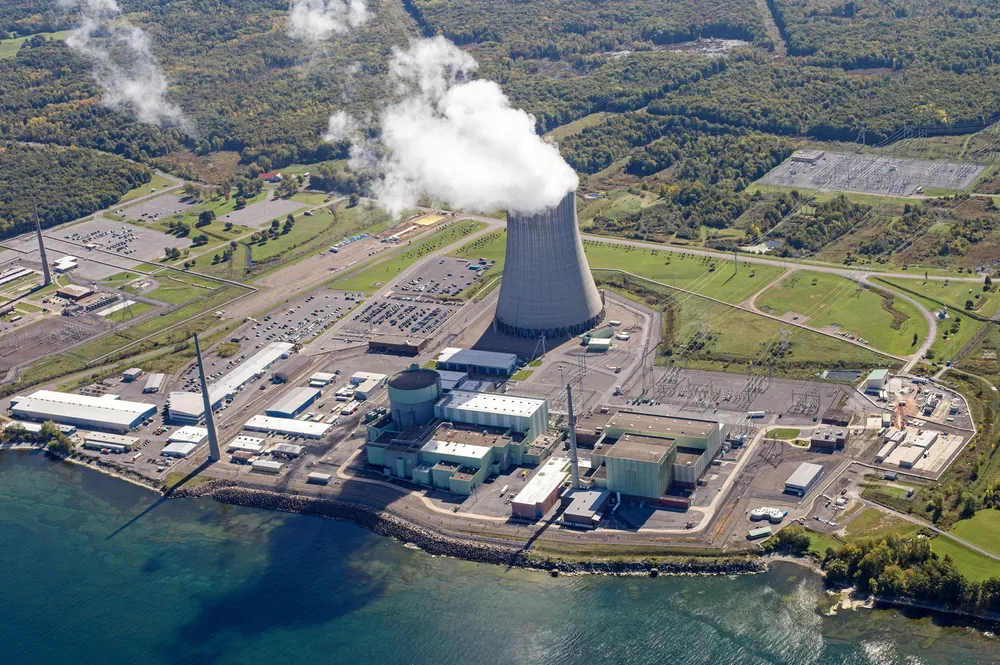Four nuclear hydrogen demonstration projects to receive 'support' from US government
The first pilot, in New York state, is due to begin operation by the end of this year, says the Department of Energy

The first pilot, in New York state, is due to begin operation by the end of this year, says the Department of Energy
